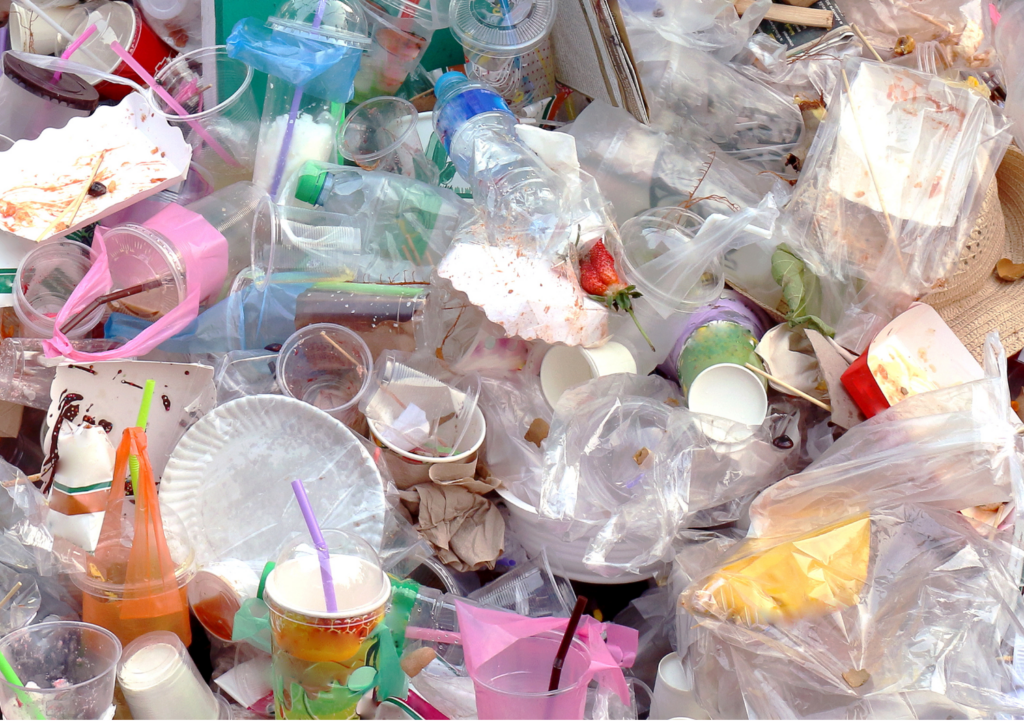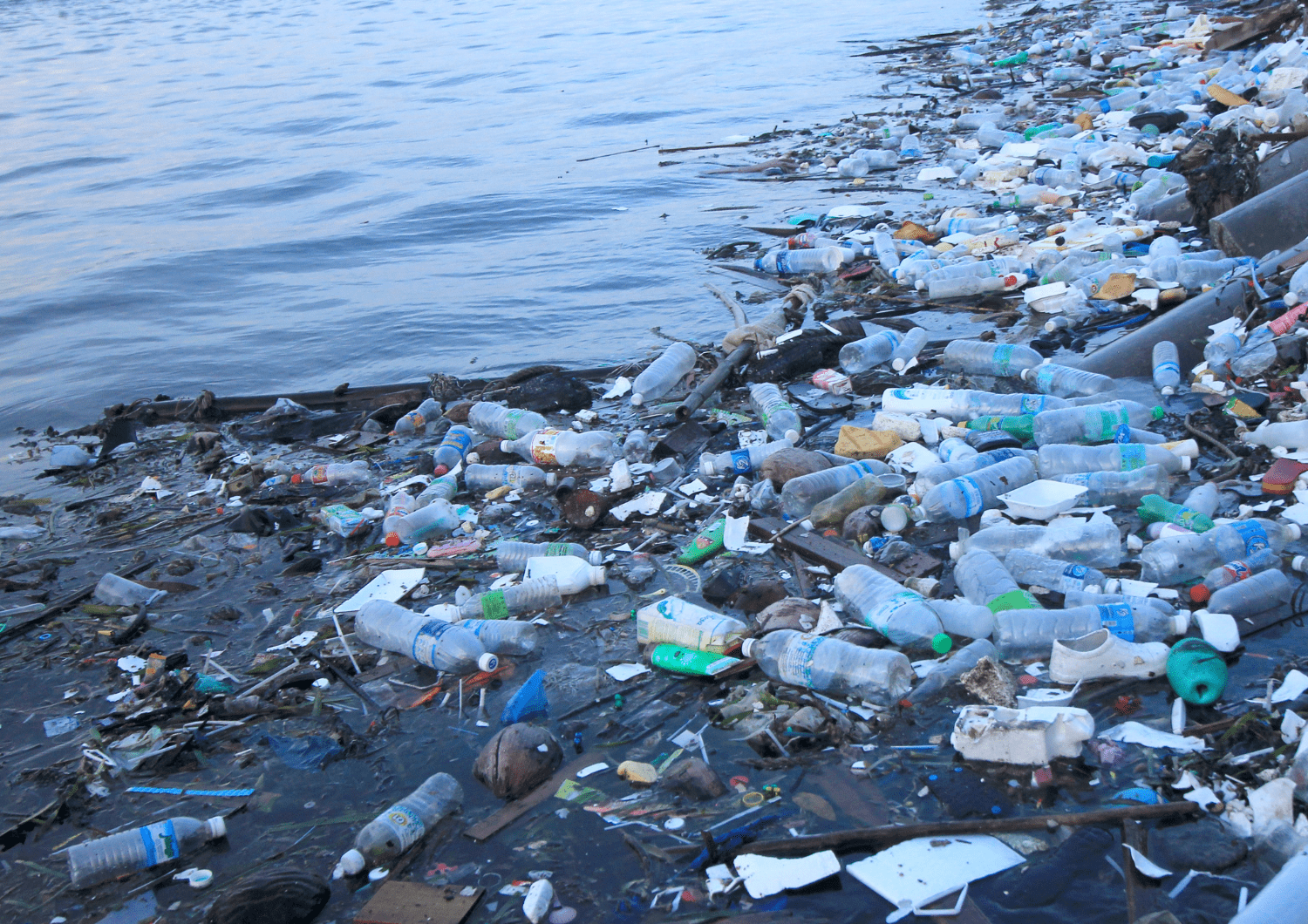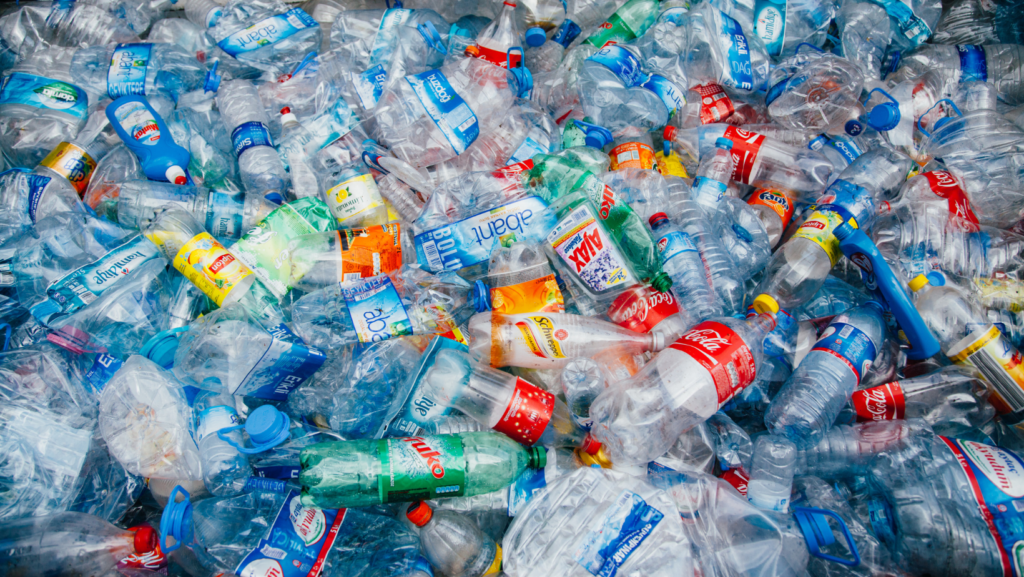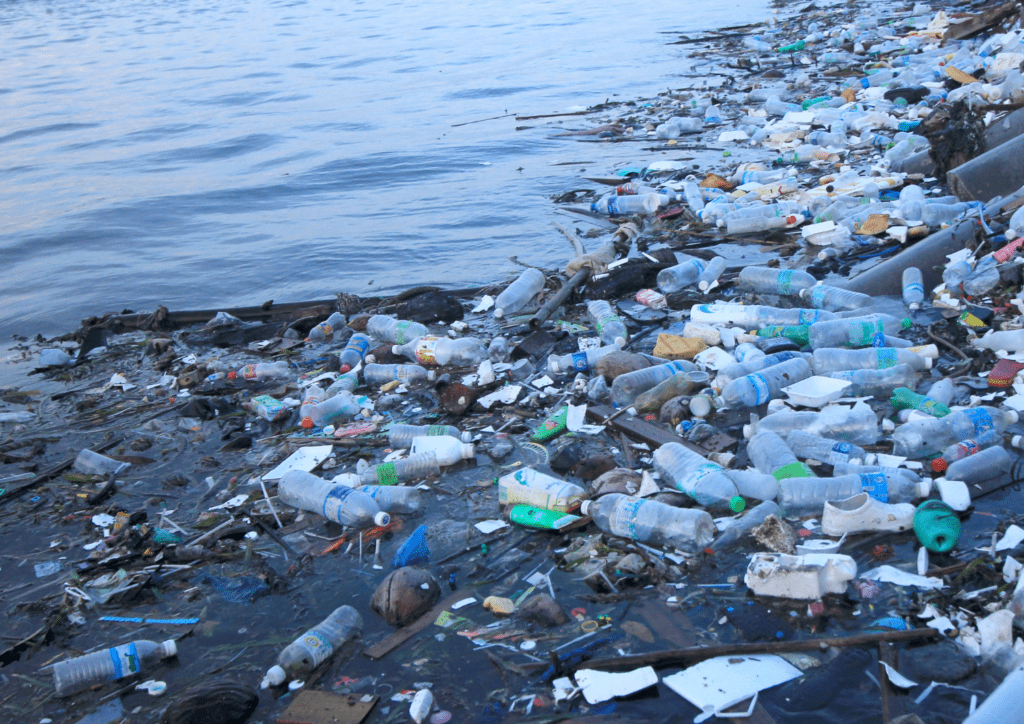The Ontario government has taken the brakes off of waste reduction in the province to paint growing piles of garbage as inevitable. It is moving to gut the Blue Box program for packaging discarded by residents across the province, killing progress on deposit-return for all beverage containers and refusing to get food and organic discards out of the waste stream.
What’s worse, the majority of waste in Ontario is generated at businesses and institutions—and 98 per cent of those are held to no standards for waste reduction, sorting, recycling, or composting. That means they’re likely looking at the cheapest solution to haul their waste away, making it somebody else’s problem—and some waste management company’s meal ticket.
Having contributed to waste inflation, the government is now greenlighting waste disposal sites—including exempting a dump in Dresden (Chatham Kent) and an incinerator in Brampton from full environmental assessments while pretending waste burning is a clean source of energy. (It isn’t).
TAKE ACTION: Tell the Ontario government you oppose expanding the Brampton waste incinerator!
Waste is big business in Ontario
For years, waste management lobbyists have been pushing to make it easier to open more waste disposal facilities. They’ve been advocating against changes made by the Ford government back in 2020 to give municipalities a veto over whether a landfill can be built in, or near, their jurisdiction.
A 2021 industry report suggested that Ontario landfills only have enough capacity to keep taking the province’s waste until about 2037. What the report doesn’t mention is that the solution to our limited landfill capacity is to get serious about reducing the amount of waste we generate and extend the life of these sites.
That’s maybe because companies that haul, bury and burn our waste make a lot of money from these activities. And Ontario has helped make them rich. Every year, more and more waste is produced in the province. It’s a shocking amount—nearly a tonne per person, per year—the weight of an adult moose of trash for every person who lives here. And the majority of that is discarded by and at businesses, not by residents at home.
We like to think that recycling and composting reduces the amount of waste going to landfills and waste incinerators. But no. These existing waste diversion activities are not enough to keep up with the ever-increasing amount of garbage tossed in Ontario every year.

Businesses do a poor job of sorting and reducing their waste
As a resident, you may be doing your best to sort your discards into the appropriate bins to be picked up by your local waste collector and recycler. And in truth, you could probably sort more, buy less stuff you don’t need, and commit to mending and repairing more of what you have already. During a recent public consultation on the City of Toronto’s waste strategy, an official noted that 60 per cent of what’s in household garbage shouldn’t be there. It should be composted or diverted for recycling. But the main problem doesn’t rest with you.
An Ontario waste incinerator that receives mostly business waste disclosed that an even higher proportion of the waste they receive—about 75 per cent—is organics, plastic, paper and metals, which are all things that should be reduced, composted or recycled, not burned.
Consider all the rotten produce, unsold merchandise and plastic wrap thrown away by your local grocery store. It might be on a truck to a Michigan landfill or even a garbage incinerator in Brampton, northwest of Toronto. And in case you’re still thinking that burning is a better solution to waste than burying it, think again. It’s worse.
If these businesses stopped filling their garbage bins with material that could be reused, repaired, recycled or composted, we would buy more time for existing Ontario landfills. Even better would be to adopt programs that reduce garbage at the source, including systems that replace throwaway packaging with reusables.
Instead of ramming through polluting waste disposal sites in our backyards, the obvious solutions to Ontario’s growing waste can be found in reduction and reuse strategies. These have been part of the provincial waste policy toolkit for a long time but are being ignored or abandoned and must be revived:
- Require companies to compost their organic waste, and prohibit haulers from dumping organics in landfills or incinerators.
- Require companies to ensure their recyclable materials—including construction discards and single-use packaging—are sorted and safely processed into new materials.
- Require reductions in single-use products and packaging instead of gutting the Blue Box regulations.
- Support reuse and repair programs province-wide.
- Protect the existing deposit-return system for alcoholic beverages and expand it to include all beverage containers.
The choice is clear. The province can create local jobs in recycling, reuse and repair while keeping valuable materials in the economy and out of the waste stream or it can force even more polluting waste on our neighbourhoods and natural areas.
TAKE ACTION: Tell the provincial government to save the Ontario alcohol deposit-return program!









